Archery is often associated with cultural advance. Long before it became a sport, archery was a method of hunting and defense, using basic bows and arrows. Later it evolved into one of the oldest sport still in practice, as people started doing target practice for fun. Many link it to the development of civilization, because archery was considered a superior form of weaponry for centuries.
In this article, we’ve explored the topic of olympic archery, covering a bit of history, equipment used, rules of olympic archery (such as distance from the target, and target size), and a review of the 2016 Archery events (format, scoring system and results).
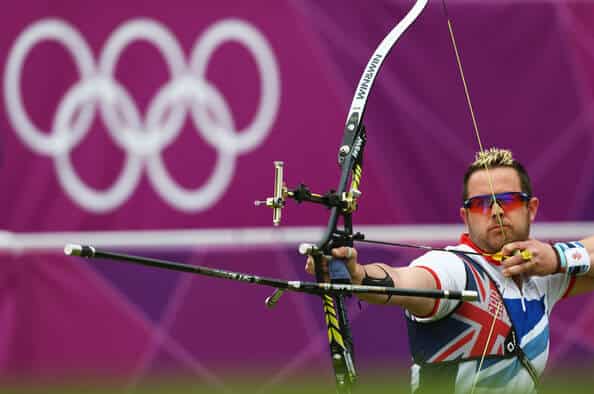
Table of Contents
Archery At The Olympics: A Bit Of History
Today, sporting empires are being established with the mastery of the sport in the greatest arena—the Olympics. The sport was first admitted into the Olympic Games in 1900. It was excluded for a prolonged period from 1920 until 1972. It has been in the games ever since. One of the pioneers of the sport in the Olympics was the Belgian, Hubert Van Innis, who became the most decorated player in the history of Olympic archery. He won nine medals in total—six gold and three silver—in the 1900 and 1920 Olympic Games.
Olympic Archery Rules
What are the rules in the olympic archery competition? Olympic archery rules derive from the World Archery Federation, which is the International Olympic Committee‘s (IOC) recognized governing body for all of archery. These rules are also known as Metric Rounds, define the equipment used, the distance at which the target is placed (70m/77yards), and the format of the competition.
Olympic Archery Equipment
Archery has come a long way from the noble sport that started with a simple bow and arrow. The equipment that Olympic archers use is a combination of sophisticated parts that enhance precision and balance. Let’s take a brief look at the main equipment used nowadays in Olympic archery: the bow, the arrows and the target.
The bow
Recurve bows are used in the Olympics. Men’s category bows draw about 48.5 pounds on average; for female competitors, the bow is 33 pounds. The bow can have a mechanical sight without any optical improvements. It also has stabilizers. The length of the main stabilizer is between 29 and 36 inches, while the bottom stabilizer is about 12 to 15 inches long.
Parts of the bow
Briefly, let’s now take a closer look at the individual parts that make an olympic bow.
the TigerShark ONE PIECE Recurve Bow. a premium recurve bow of extraordinary quality.
Riser
This is the handle of the bow. It provides the foundation for the support for other elements.
Grip
The bow is wrapped in tennis grip material, whose rough texture prevents it from slipping.
Clicker
During the draw process, the archer may slightly shift the aim from the target. This part helps him release without deviating too much from the same spot.
Limb
The limb refers to the handle to the tip of the bow. Typically, it should be able to handle a weight of 48 to 51 pounds when drawn.
Counter-balance weight, vibration dampener and torque compensator
These three parts work in unison to absorb vibration and shock from the bow when the arrow is released. They also help to balance bow to make shooting smoother and more comfortable.
The arrow
Arrow used in Olympic archery are usually of small diameter and they’re made of lightweight carbon. They are fletched, with lightweight, curled-style vanes to promote maximum spin for best arrow flight in the wind.
Parts of the arrow
The Lwano 31″ Carbon Arrows, perfect for archery.
Nock
The attachment that holds an arrow in place during a draw is the nock. It is located on the rear end to rest on the string of the bow.
Pile
This is the tip that penetrates the target. It is shaped like a bullet for maximum aerodynamics.
Shaft
This is the long, narrow stem of the arrow, which links the nock to the pile. It can be made of wood, aluminum or carbon. However, the Olympic rules prohibit shafts that exceed 9.3 mm in diameter.
Fletching
Real or fake feathers that are attached to the arrow to keep it stable as it moves in the air toward the target.
The target
The target is the point that the archers are supposed to hit with the arrow. It has a 122cm diameter, divided into 10 equal scoring rings in 5 differentiating colors. Working from the outside in, the two outer-most rings (white) and are worth 1 and 2 points; the next two rings (black) are worth 3 and 4 points; the two blue rings are worth 5 and 6 points; the two red rings are worth 7 and 8 points; the gold center rings are worth 9 and 10 points. The target is normally placed at a distance of 70 meters, for both men and women. It is set on a 75-80 degree incline for any distance.
The Official World Archery target face
The 2016 Olympic Games archery events: Scoring and Results
The archery events at the Summer Olympics held in Rio de Janeiro in 2016 took place within seven days starting from 6 August to 12 August.
Format of the competition
There were 126 competitors in total in the four events:• men’s individual• women’s individual• men’s team• women’s team
Every single event involved single-elimination tournament. Only the semi-final losers’ contest involved a play off to determine the winner of the bronze medal.
Olympic archery scoring
Scoring at the 2016 Olympics was based on the Archery Olympic Round. This system used the best-of-five sets; each set had three arrows, whereby the victors of each set were awarded two points. If a tie occurred in a set, each archer in the respective set would get a single point. If there was a 5–5 tie at the end of the five sets, the contestants were required to take a single arrow shoot-off. The winner would be the one who shot closest to the center.
Team events
It was the first Olympic Games in which the team event followed the same set system applied in the individual event—the Archery Olympic Round.
Qualification
To qualify for the Olympic archery events, archers had to achieve the minimum qualification score (MQS), which was:• 70m round of 630 for men• 70m round of 600 for women
The contestants must have achieved the MQS between 26 July 2015 and 11 July 2016 at an event recognized by World Archery. That is roughly 40-48 pounds in the case of women while men had to have amassed 45-55 pounds.
Heavier draw weights typically enable one to achieve flatter arrow trajectories and greater arrow speeds, which allow more accuracy and less drift for the arrow as it flies through the wind.
On a single competition day of an Olympic competition, each archer can shoot almost 100 arrows. That translates to about 4,000 pounds of load drawn in total under extreme pressure.
2016 Olympic archery results
The South Korean men’s archery team won the gold medal while the United States team took the silver medal. The South Korean scored 142, compared to Valladont’s 138, as he prevailed 7-3 in the final.
The champion hit eight perfect 10s on his way to the gold, while the Frenchman obtained six. The Australian team took the bronze medal.
In the women’s competition, South Korea emerged victorious once again followed by Russia with the silver. TPE took home the bronze.
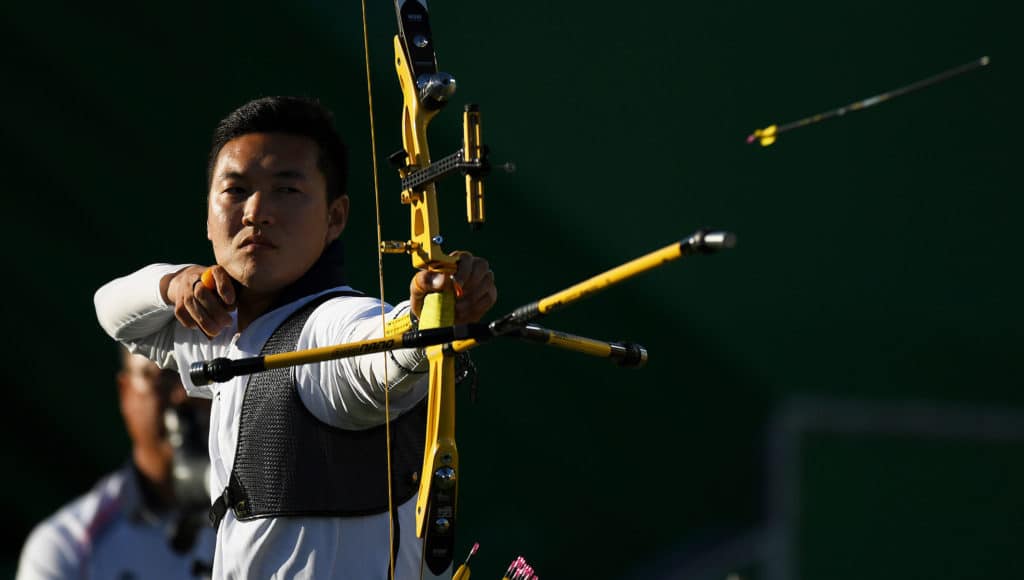
Ku Bon-Chan took home gold medals at the 2016 Rio Olympics, both with the South Korean team and in the individual archery event. The South Korean team won against the United States, marking the first time a South Korean archery team won against the U.S. in an Olympic competition.
In the individual men’s competition, Ku Bon-Chan of South Korea prevailed 7-3 to take the gold after scoring 142, while Jean-Charles Valladont of France won silver with 138. Bon-Chan got eight perfect 10s, while Jean-Charles Valladont hit six. Brady Ellison of the USA won the bronze medal.
Hyejin Chan of South Korea won the individual women’s gold medal. German Lisa Unruh and South Korean Bo Bae Ki won the silver and the bronze respectively.
Archery is now among the most popular sports in the Olympics. The 2016 Rio Olympic Games highlighted how much fun and sophistication it involves.
More useful archery Blog articles
Enjoying archery? Take a look at some of the most popular archery blog articles below. Oh, and don’t forget to subscribe to our newsletter to never miss on the next guides and the best deals!
Did you enjoy this Archery Blog article?
We hope you enjoyed reading this archery blog article and that you found it useful. If you have any suggestions or comments, do not hesitate to get in touch.
If you liked this archery blog article, why not share it on your social media to let your friends and fellow archers know!

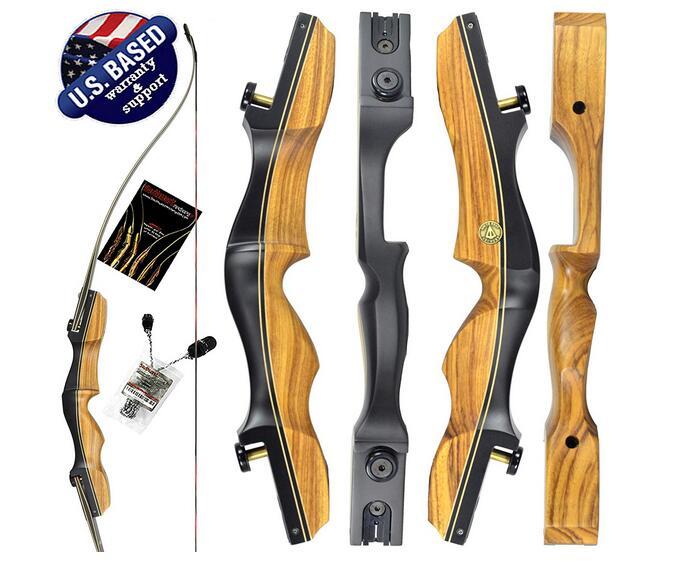
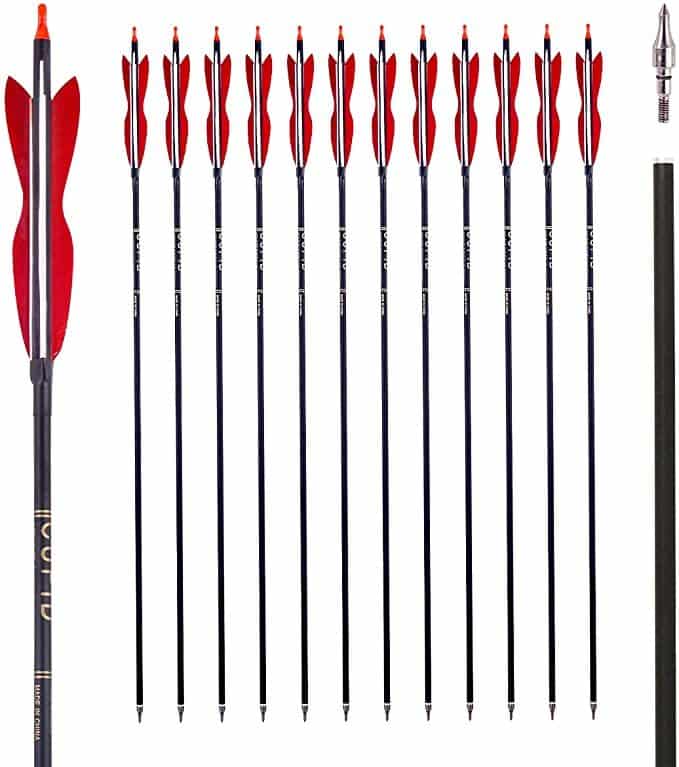
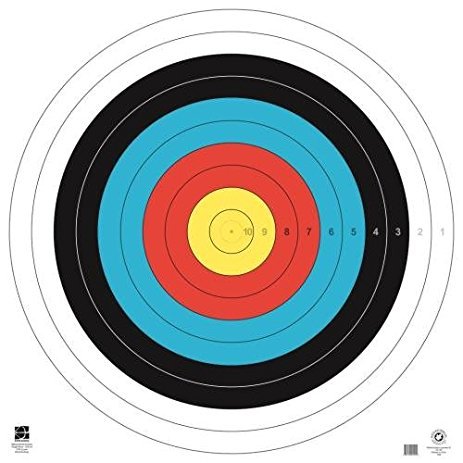

Thank you